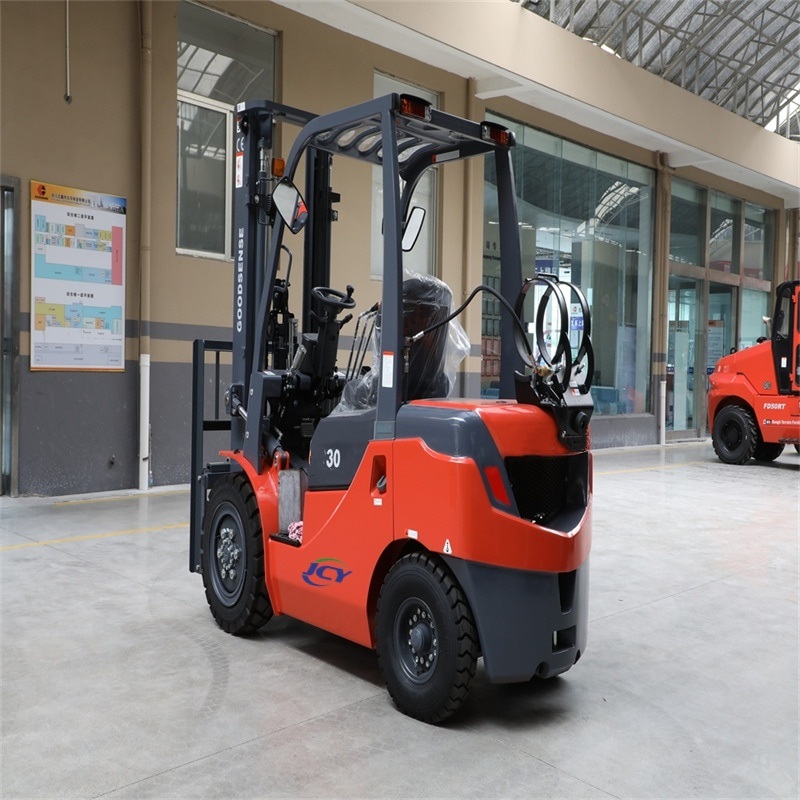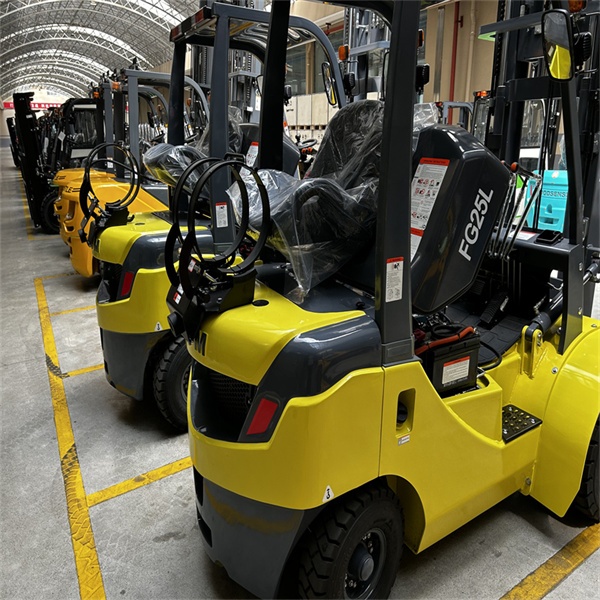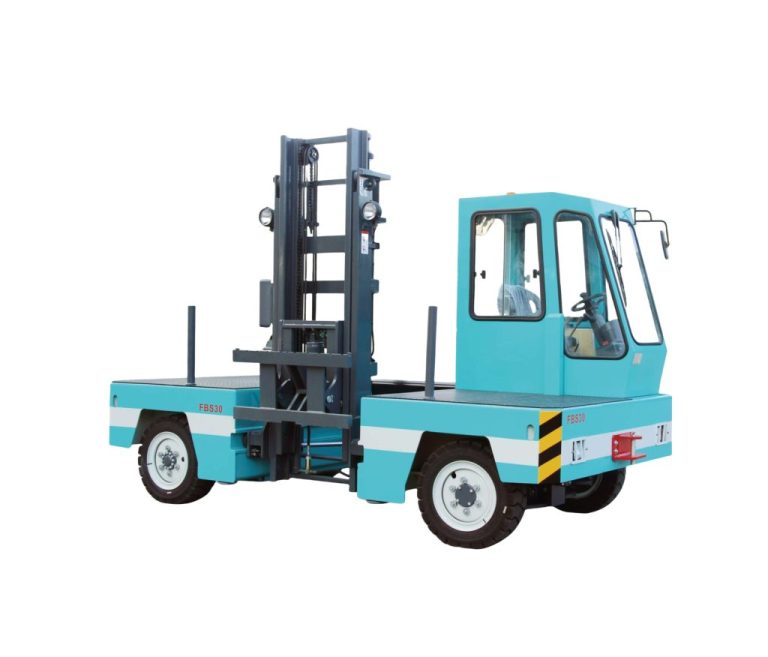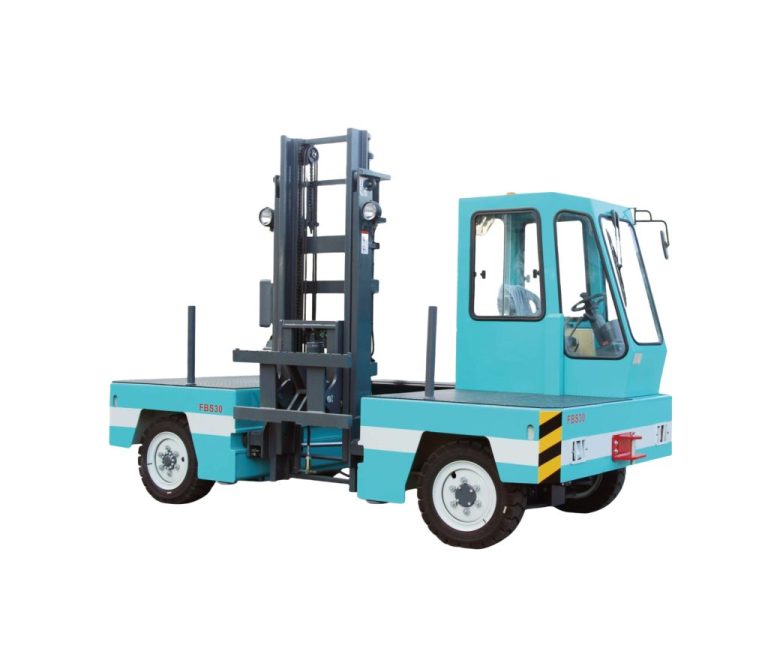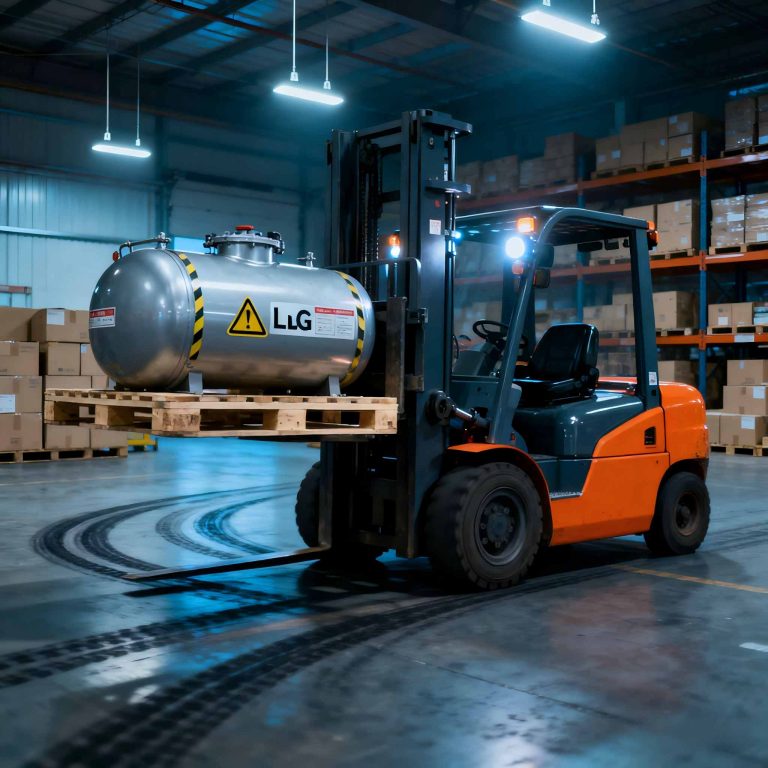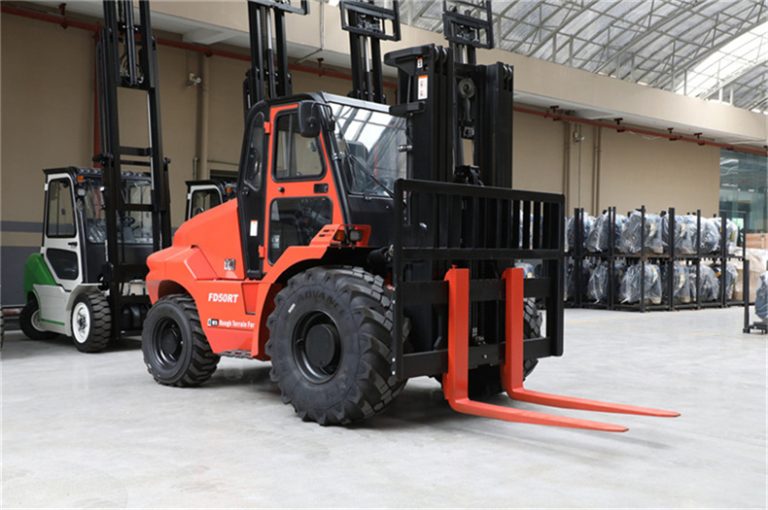Hey, if you’re managing a warehouse or juggling logistics in a factory, you’ve probably wrestled with the choice of forklift engines. LPG ones keep popping up as a smart pick, right? They’re not just about getting the job done; they’re about doing it without breaking the bank. I’ve seen ops where switching to LPG slashed fuel bills by 20-30%, and that’s no small change. In this guide, we’ll dig into LPG forklift engines – what makes them tick, why they’re a cost-saver, and some real talk on when they shine. We’ll throw in examples from the field, numbers that matter, and yeah, maybe veer off a bit on how they stack up in messy outdoor spots. Let’s roll.
What Makes LPG Forklift Engines Tick?
LPG forklift engines run on liquefied petroleum gas, a mix of propane and butane stored in tanks. Simple enough. The gas gets vaporized, mixes with air, and boom – combustion powers the pistons. Unlike diesel, which can be finicky in cold weather, LPG starts quick and burns clean. Think of it like your backyard grill, but beefed up for heavy lifting.
These engines typically crank out 40-60 horsepower in smaller models, enough to haul 2-3 tons without huffing. Fuel injection systems keep things efficient, adjusting on the fly for load changes. I recall a buddy in a distribution center who said his LPG unit handled peak holiday rushes better than the old diesel beast – no black smoke, just steady go.
Key Parts That Keep It Running Smooth
- Fuel Tank:Pressurized cylinders hold 33-43 pounds of LPG. Swap ’em in five minutes flat.
- Regulator and Vaporizer:Turns liquid to gas. Crucial for consistent flow, especially in chilly mornings.
- Engine Block:Often based on automotive designs, like Nissan or similar, with 4 cylinders for torque.
- Exhaust System:Catalytic converters cut emissions by up to 90% compared to older diesels.
Oh, and maintenance? Check the hoses every 500 hours or so. Skip that, and you’re asking for leaks – learned that the hard way on a site once.
Why Go for LPG? The Big Wins
LPG engines pack a punch in performance while being kinder to the planet. They’re versatile, zipping indoors without choking the air or tackling outdoor mud. But let’s focus on what grabs most folks: the savings.
First off, fuel efficiency. These engines sip LPG at about 2-3 gallons per hour under load, versus diesel’s 3-4. Over a year, that adds up – one warehouse I know saved $5,000 on fuel alone after switching 10 units.
Environmental Perks That Pay Off Too
Less emissions mean fewer regs to worry about. LPG burns with 50% less CO2 than diesel, and virtually no particulates. In places like California with strict air rules, that avoids fines. Plus, quieter operation – around 80-85 dB – keeps workers happier. Not to mention, some governments offer rebates for green switches, knocking 10-15% off upfront costs.
Performance That Doesn’t Quit
Consistent power is key. Unlike electrics that fade as batteries drain, LPG holds torque steady. Lift speeds hit 100 feet per minute, and they climb ramps with 20% grades loaded. In a steel mill scenario, an LPG forklift hauled coils all shift without a hiccup, where electrics needed swaps midway.
Breaking Down the Cost-Effectiveness
Alright, the meat: how LPG engines save you dough. Upfront, a 2.5-ton LPG model runs $25,000-$35,000, cheaper than equivalent electrics at $30,000-$45,000. Diesel? Similar price, but fuel and upkeep tip the scales.
Here’s a quick table comparing annual costs for a mid-size unit (based on 2,000 hours/year operation):
| Cost Type | LPG ($) | Diesel ($) | Electric ($) |
| Fuel/Energy | 4,000 | 6,000 | 2,500 |
| Maintenance | 1,500 | 2,000 | 1,200 |
| Downtime (Refuel) | 500 | 600 | 1,000 |
| Total Annual | 6,000 | 8,600 | 4,700 |
See? LPG sits in the sweet spot. Fuel’s cheaper – LPG at $2.50/gallon vs. diesel’s $4. Quick refuels cut downtime costs; five minutes vs. hours charging. Long-term, engines last 10,000-15,000 hours with basic care like filter changes every 250 hours.
Factor in resale too. LPG units hold value better in mixed-use spots, fetching 40-50% of original price after five years. And hey, if you’re in a high-volume op, bulk LPG contracts drop prices further – one logistics firm I chatted with got it down to $2/gallon.
But costs aren’t just numbers. Think productivity: less time idle means more pallets moved. In a busy yard, that could boost output by 15%.
Real Scenarios Where LPG Shines
Picture a food warehouse: indoors mostly, but trucks pull up outside. LPG forklifts switch seamlessly, no fumes inside, power for ramps out. A 2-ton model stacks crates to 20 feet, running 8-hour shifts on one tank.
Or construction sites – rough ground, heavy loads. LPG’s torque handles uneven terrain better than electrics, and refueling’s a breeze without generators. One site manager told me their LPG fleet cut fuel runs by half compared to diesel, saving hours weekly.
Even in ports: handling containers, LPG’s clean burn meets emission zones. Not as heavy-duty as big diesels, but for mid-range, it’s gold.
Side thought: ever notice how LPG smells? That additive’s for safety, but it can be a nuisance in enclosed spots. Ventilate well, folks.
How LPG Stacks Up Against Diesel and Electric Engines
LPG isn’t perfect, but let’s compare.
- Diesel:Cleaner, yes – 60% less NOx emissions. Cost-wise, LPG wins on fuel (20-30% savings), but diesel edges on raw power for 10+ ton loads. Maintenance similar, though LPG needs less exhaust work.
- Electric:No batteries to replace ($5,000 every 5 years), and full power all day. But electrics are quieter, zero emissions indoors. For cost, LPG’s refuel speed trumps charging downtime, especially in 24/7 ops.
In short, if your site’s mixed indoor-outdoor with moderate loads, LPG’s your cost champ. For pure indoor light work, electric might edge it.
Meet JinChengYu: Your Go-To LPG Forklift Supplier
Before we wrap, a shoutout to JinChengYu Forklift. Hailing from Qingdao, China, they’ve been in the game since 2002, exporting to over 50 countries. Their LPG lineup includes 1.5/1.8-ton models (up to 1,800 kg) and 2/2.5-ton ones (up to 2,500 kg), built tough with reliable engines that emphasize eco-friendliness and efficiency. Think steady power, quick tank swaps, and features like comfy seats for long shifts. They’re all about cost savings – lower fuel use, minimal downtime – and green perks like reduced emissions. With strong after-sales support and a focus on durable builds, JCY’s a solid partner for warehouses or factories eyeing LPG upgrades. They’ve got cases in power plants and more, proving their stuff works.
Conclusion
Summing it up, LPG forklift engines offer a killer combo of power, green creds, and real cost savings that can transform your ops. From fuel efficiency to low maintenance, they’re built for the long haul without emptying your wallet. If you’re eyeing better productivity and fewer headaches, dive into LPG – it might just be the upgrade your team needs.
FAQs
What makes LPG forklift engines so cost-effective compared to diesel?
LPG forklift engines cut costs through cheaper fuel – often 20-30% less than diesel – and quicker refuels that slash downtime. Plus, they need less exhaust maintenance, adding up to big savings over time.
How do I maintain LPG forklift engines for maximum cost-effectiveness?
Keep ’em running smooth with oil changes every 500 hours and hose checks quarterly. In my experience, that prevents pricey breakdowns and keeps fuel efficiency high, ensuring long-term cost-effectiveness.
Are LPG forklift engines suitable for indoor use, and what’s the cost impact?
Yeah, with proper ventilation, they’re great indoors thanks to low emissions. Cost-wise, you avoid electric’s battery swaps, making LPG forklift engines a more cost-effective pick for mixed environments.
What’s the lifespan of LPG forklift engines, and how does it affect overall costs?
These engines last 10,000-15,000 hours with good care, spreading out your investment. That longevity boosts cost-effectiveness by delaying replacements – one less headache for your budget.

